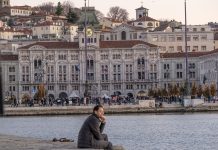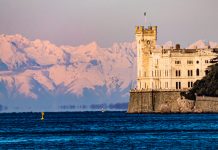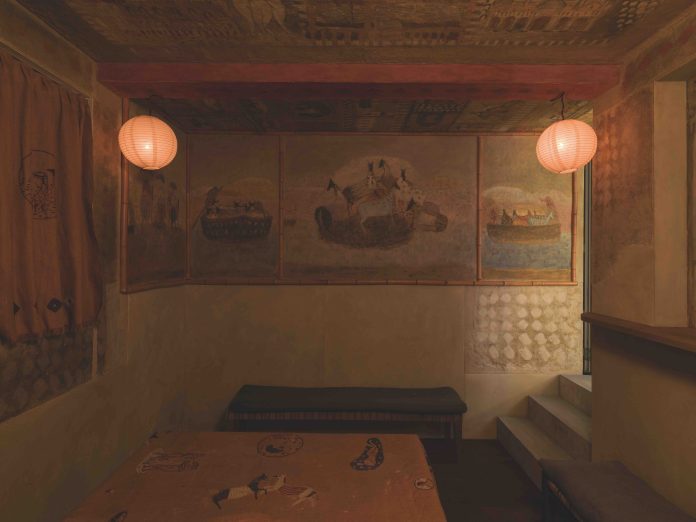by InTrieste
An ambitious exhibition dedicated to the internationally acclaimed painter Zoran Mušič opened on May 25 at Palazzo Attems Petzenstein in Gorizia, Italy. Part of the programming for “GO! 2025,” the joint European Capital of Culture project between Nova Gorica, Slovenia, and its neighboring Italian city, the show marks a significant cultural moment for the cross-border region.
Titled “Zoran Mušič: The Zurich Room, the Works and the Atelier,” the exhibition brings together more than 100 pieces spanning seven decades of the artist’s life, from the 1930s to the early 2000s. Curated by Daniela Ferretti, the show occupies the entire first floor of the 18th-century Palazzo Attems, home to the Provincial Museums of Gorizia since 1900.
Mušič, born in 1909 in Bukovica—today a village of roughly 500 residents just eight kilometers from Gorizia—remains one of the most significant figures in 20th-century European art. His life and career were shaped by the rich cultural intersections of this borderland, an influence reflected throughout his work. This retrospective, opening 20 years after his death in Venice in 2005, marks a symbolic homecoming for the artist.
At the center of the exhibition is The Zurich Room, a rarely seen, large-scale decorative cycle Mušič created in the late 1940s and early 1950s. Commissioned by Swiss sisters Charlotte and Nelly Dornacher, the work transformed the cellar of their villa in Zollikon, overlooking Zurich, into a space for social gatherings. Inspired by the motifs and atmosphere of Mušič’s Venetian studio, the painted room was preserved in situ for decades. It is now presented to the public in a reassembled installation, serving as the exhibition’s focal point.
The rest of the show unfolds chronologically, illustrating Mušič’s stylistic evolution and personal journey—from his early landscapes and portraits to the stark, haunting compositions of his We Are Not the Last series, which reflect his internment at the Dachau concentration camp during World War II. Later works explore themes of solitude, memory, and mortality, rendered in his signature palette of muted earth tones and ethereal forms.
The exhibition runs through October 31, 2025, and is one of the flagship cultural events for GO! 2025, a year-long program celebrating shared heritage and cooperation between Italy and Slovenia. For Gorizia, the show represents not only a tribute to one of its native sons, but also an invitation to revisit a complex, layered past through the lens of art.
































